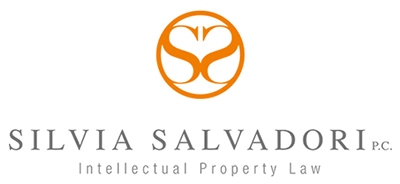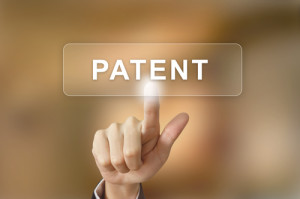The Supreme Court Puts Inducing Infringement Claims Back in the Limelight
In Akamai v. Limelight, the District Court awarded Akamai almost $50 million after finding that Limelight directly infringed a patent. The patent at issue covered a method of delivering electronic data using a content delivery network (CDN). Limelight, a CDN operator, did not carry out all of the steps of the method in said patent; its customers were required to do their own tagging of their website. Because of this shared performance, the District Court was faced with the problem of divided infringement.
Soon after the District Court’s decision, the Federal Circuit issued a decision on another case, Muniauction v. Thompson, where it held that direct infringement of a method claim arises only when a single party performs every step or exercises “control or direction” over another’s performance, “such that every step is attributable to the controlling party.” Under Muniauction, Limelight could not be liable for direct infringement, because it did not exercise “control or direction” over its customers’ performance of the step at issue.
However, the Federal Circuit found Limelight liable for inducement of infringement under 271(b) since it knowingly induced others to commit acts necessary to infringe the patent, but not liable for direct infringement. In other words, a party not performing all of the steps is not liable for direct infringement but it can be liable for inducing others to infringe.
In conclusion, the Federal Circuit decision on Limelight eased the standard for establishing inducement of infringement by overturning the “single entity” rule.
Akamai’s celebration was short-lived. Reversing the Federal Circuit, the Supreme Court held that liability for inducement of infringement must be predicated on liability for direct infringement. The Supreme Court accepted the holding of Muniauction, but did not review the case on the merits since it was not included in the petition for certiorari. The relaxed standard enunciated by the Federal Circuit was soundly rejected. The Supreme Court held that lower courts could not create liability for inducement of non-infringing conduct in areas where Congress did not statutorily extend that concept. The Court was aware of the consequences of Muniauction: Infringers could circumvent a patent by the expedient of splitting up steps among multiple parties.
Nevertheless, the Court declined to accept the Federal Circuit’s free-floating concept of infringement separate from the statutory language of 271(b), noting a lack of ascertainable standards and the problem of separate bodies of law developing for liability for direct infringement and liability for inducement.
The case was remanded to the Federal Circuit. Just a few weeks ago, on May 13, 2015, after the Supreme Court’s clarification that inducement of infringement refers to direct infringement and its limitation of a single entity, the Federal Circuit affirmed the District Court’s finding of non-infringement. If multiple parties don’t collusively act as a single entity, an infringement claim will not stand as a matter of law. So, despite all its efforts through the appellate process, the multi-million dollar jury award vanished.
But it’s not over yet. Akamai could and should file a motion with the district court to determine whether multiple parties can be held liable for joint infringement. Of course, this will set into motion more appellate battles.
In the post-Limelight world, induced infringement claims have been severely circumscribed. Many claims currently pending in the district courts will be eliminated because of the stricter standards set forth in Limelight. Suffice it to say, we need clarification by Federal Circuit and the Supreme Court in this important area of patent infringement.
 Silvia Salvadori, PhD.
Silvia Salvadori, PhD.
www.salvadorilaw.com
www.salvadorilaw.com/blog
silvia@salvadorilaw.com
(212) 897-1938

